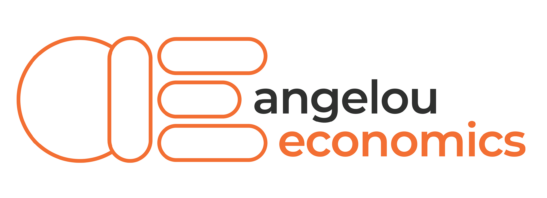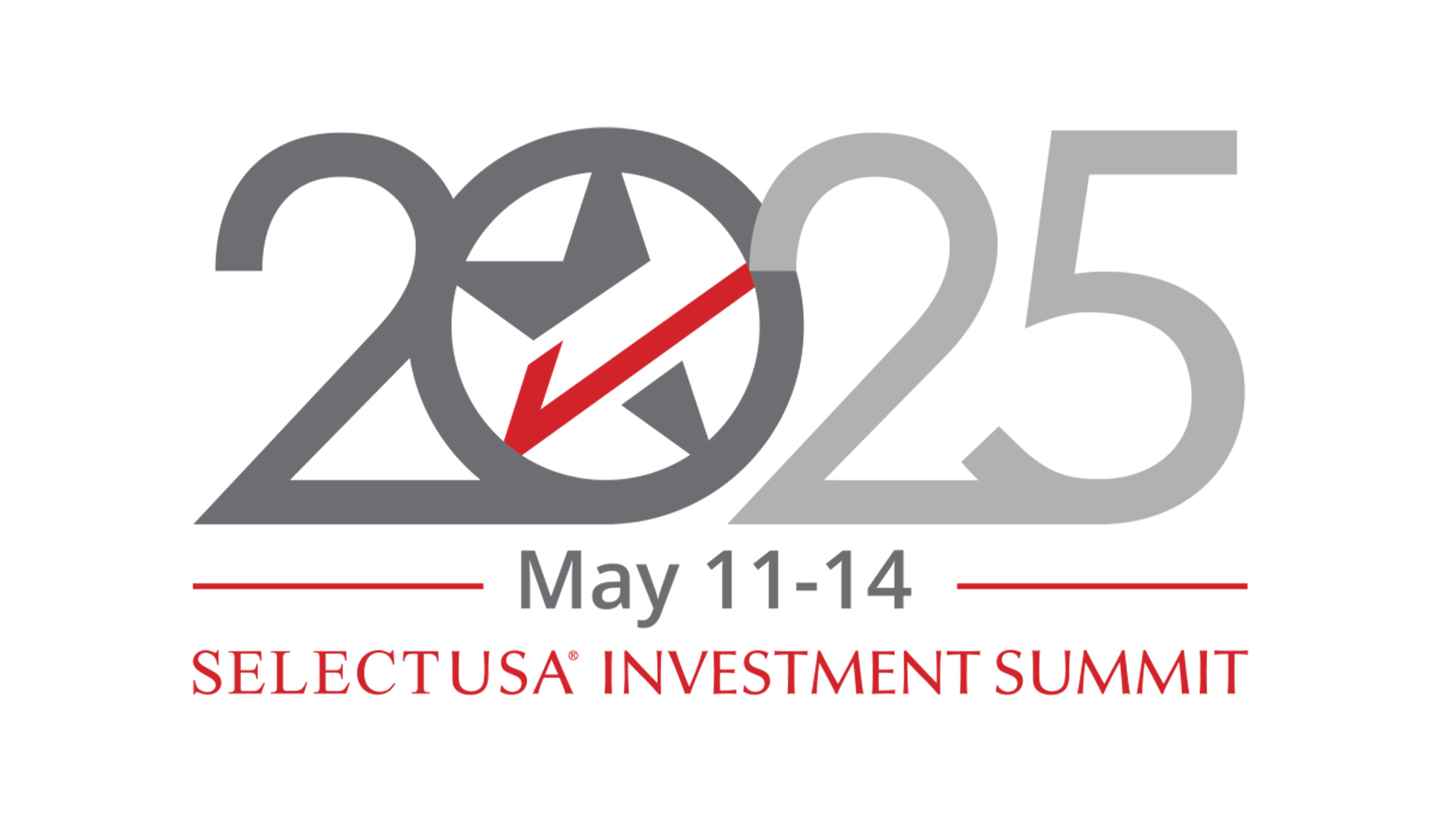Written By: Judy Ponio, Project Contributor at AngelouEconomics | Did you realize the Economic Impact of Manufacturing?
The Institute of Supply Management has released its Manufacturing Index Report for the month of July 2018. Below is a summary of their findings:
- PMI dropped to 58.1% from June’s recorded reading of 60.2%, still indicating a generally expanding manufacturing economy even though it didn’t manage to keep up with expectations.
- New orders index also went down by 3.3 points to 60.2% with printing and related support activities taking up the lead of reported growth per industry.
- A 3.8 point decline is also noted for production index closing in at 58.5%. Electrical equipment, appliances and components posted the largest growth of production per industry.
- Employment for manufacturing firms remained strong with an increase of 0.5 points to 56.5%, indicating a 22-month continuous growth. Despite this growth, survey respondents continue to cite labor-market issues as a deterrent to their production capacity.
- The efficiency of supplier deliveries sunk to 62.1% from last month’s 68.2%, a downward trend consistent for the past 22 months. Though it may sound negative, it actually is a sign of faster deliveries from suppliers as the higher the rating is the slower the deliveries. 15 industries have however reported slower deliveries from their suppliers led by the machinery manufacturers.
- Raw material inventories also continued to expand with an increase of 2.5 points closing at 53.3%. Most firms attribute this to the improvement of supplier deliveries in spite of continuous disruptions in the private sector. Firms in textile mills manufacturing reported the highest raw material inventories out of the 12 industries that recorded an increase.
- Inventories of customers reduced to 39.4% which is 0.3 points less than last month. This is considered very low and shows that demand greatly exceeds supply which presents an opportunity to increase production among manufacturers.
- The price index has slumped by 3.6% to 73.2%, an indication of increased prices for raw materials. Out of all those who participated in the survey, 54.6% reported higher prices this month while only 8.1% reported the opposite. This is consistent across all industry sectors for the past 29 months with the continued shortages in aluminum, electronics components, steel, steel-based products, electrical components and freight.
- Backlog of orders lowered by 5.4 points to 54.7% illustrating continuous growth in order backlogs, keeping up with the conclusion that demand greatly exceeds supply. This is expected to ultimately support expansion of production requirements in the succeeding months.
- The number of firms that reported an increase in new export orders slipped by 1 point to 55.3% indicating a growing export market. 7 out of 13 industries reported an increase in new export orders with petroleum and coal product manufacturers topping the list.
- Imports continue to expand this month though at a slightly slower pace than the previous months as the imports index went down by 4.3 points to 54.7%. Apparel, leather and allied product manufacturers registered the highest imports among the 13 industries.
- Lead time for maintenance, repair and operating (MRO) supplies climbed up by 4 days averaging at 35 days while average commitment lead time for capital expenditures dwindled by 6 days to only 137 days. Lead time for production materials however remained unchanged at an average of 69 days.
This report is based on data obtained from purchasing and supply executives nationwide.
About AngelouEconomics:
AngelouEconomics has worked with numerous professional and business associations in building dozens of unique economic impact studies among other types of projects including site selection projects as well as strategic economic development projects. Some projects have examined the effects of statewide policy measures, such as the Texas Bathroom Bill or ban on Sanctuary Cities. Other projects have measured the contribution of member networks in terms of jobs, wages, and total economic output. Like this study for Prospera, a nonprofit organization which specializes in providing bilingual assistance to Hispanic entrepreneurs in Florida. Economic impact studies are effective tools for quantifying and illustrating the value of individual professional and business associations. They are versatile, as they can illustrate the value or impact of a specific policy or quantify the economic contribution of your members to the local, regional, and nationwide economies.
Want to Learn More?
If you would like to learn more, send us an email at
info@angeloueconomics.com.














